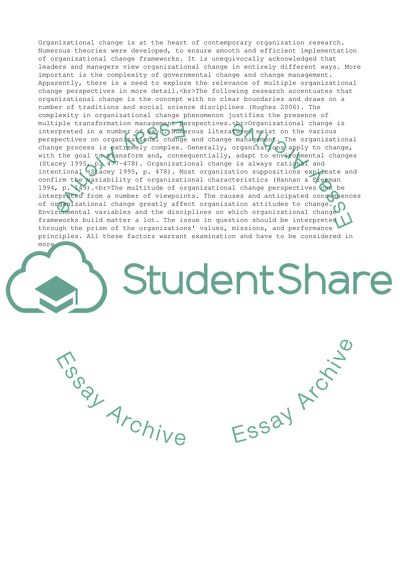Cite this document
(“Why are there different perspectives on change within organisations Essay - 1”, n.d.)
Retrieved from https://studentshare.org/management/1587060-why-are-there-different-perspectives-on-change-within-organisations-consider-your-answer-in-relation-to-both-theory-and-practice-and-with-an-attention-to-values-and-valorisation
Retrieved from https://studentshare.org/management/1587060-why-are-there-different-perspectives-on-change-within-organisations-consider-your-answer-in-relation-to-both-theory-and-practice-and-with-an-attention-to-values-and-valorisation
(Why Are There Different Perspectives on Change Within Organisations Essay - 1)
https://studentshare.org/management/1587060-why-are-there-different-perspectives-on-change-within-organisations-consider-your-answer-in-relation-to-both-theory-and-practice-and-with-an-attention-to-values-and-valorisation.
https://studentshare.org/management/1587060-why-are-there-different-perspectives-on-change-within-organisations-consider-your-answer-in-relation-to-both-theory-and-practice-and-with-an-attention-to-values-and-valorisation.
“Why Are There Different Perspectives on Change Within Organisations Essay - 1”, n.d. https://studentshare.org/management/1587060-why-are-there-different-perspectives-on-change-within-organisations-consider-your-answer-in-relation-to-both-theory-and-practice-and-with-an-attention-to-values-and-valorisation.


